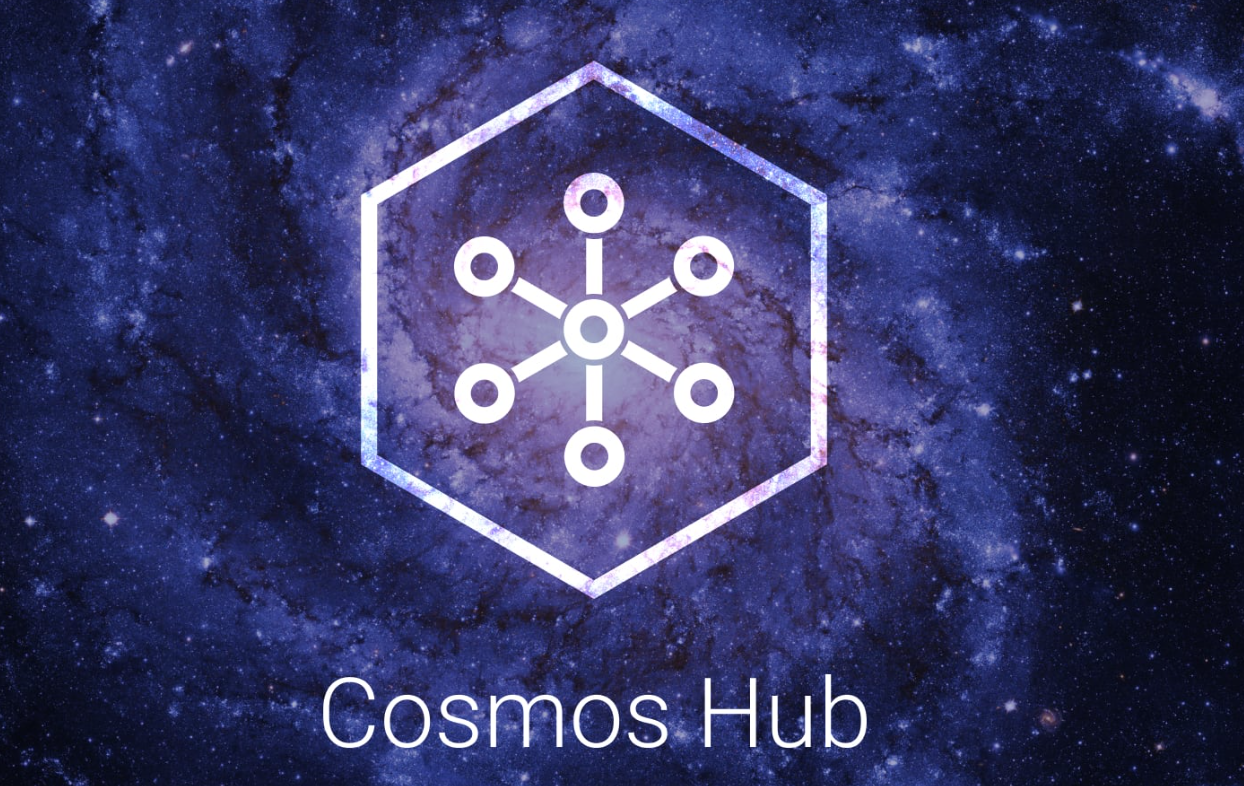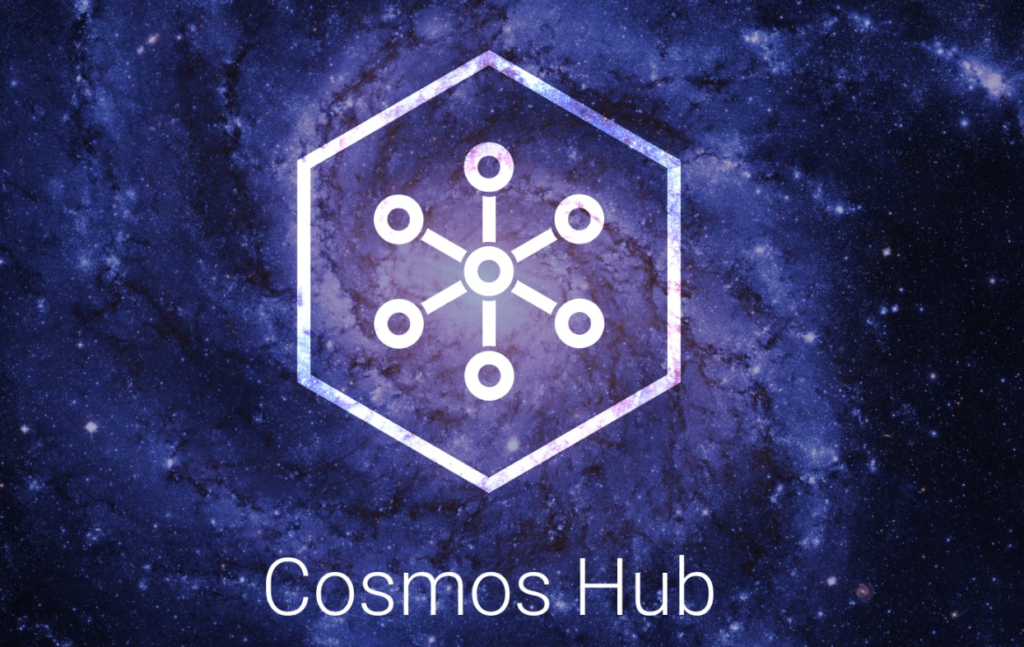EOS is aimed at being user-friendly by offering high throughput, low latency, and a more accessible consensus mechanism.

Price Chart for EOS
Trade on KuCoin, Automate with 3commas.
EOS is a blockchain-based platform designed to provide users with a secure, high-throughput, low-latency, and accessible consensus mechanism. It is a platform that enables developers to create, deploy, and execute decentralized applications (dApps) with the aim of creating a more efficient and cost-effective blockchain-based ecosystem.
EOS is a project developed by Block.one, a software development company based in the Cayman Islands. It is a project that has been in the works since 2017 and is currently in its third version. The project is led by CEO Brendan Blumer and CTO Dan Larimer, who have both been involved in the blockchain space for many years.
What is EOS?
EOS is a blockchain-based platform that allows developers to create, deploy, and execute decentralized applications (dApps). It is a platform that is designed to provide users with a secure, high-throughput, low-latency, and accessible consensus mechanism. The platform is powered by a native cryptocurrency, EOS, which is used to pay for transaction fees and other services on the network.
The platform is powered by a delegated proof-of-stake (DPoS) consensus mechanism, which is designed to be more efficient and cost-effective than the traditional proof-of-work (PoW) consensus mechanism. DPoS allows for faster transaction times and lower fees, as well as a more democratic and decentralized system.
The platform also offers a number of features that make it attractive to developers. These include an easy-to-use development environment, scalability, and support for multiple languages.
How Does EOS Work?
EOS is powered by a delegated proof-of-stake (DPoS) consensus mechanism. This consensus mechanism is designed to be more efficient and cost-effective than the traditional proof-of-work (PoW) consensus mechanism.


In DPoS, users are able to vote for block producers, who are responsible for validating transactions and producing blocks. The block producers are rewarded for their work with EOS tokens. The block producers are also responsible for maintaining the network and ensuring that it remains secure.
The platform also offers a number of features that make it attractive to developers. These include an easy-to-use development environment, scalability, and support for multiple languages.
Conclusion
EOS is a blockchain-based platform designed to provide users with a secure, high-throughput, low-latency, and accessible consensus mechanism. It is a project that has been in the works since 2017 and is currently in its third version. The platform is powered by a delegated proof-of-stake (DPoS) consensus mechanism, which is designed to be more efficient and cost-effective than the traditional proof-of-work (PoW) consensus mechanism.
The platform also offers a number of features that make it attractive to developers. These include an easy-to-use development environment, scalability, and support for multiple languages.
EOS is a project that is aiming to revolutionize the blockchain space and provide users with a more efficient, cost-effective, and secure blockchain-based ecosystem.
Frequently Asked Questions
Q: What is Aimed at being user-friendly?
A: Aimed at being user-friendly is a term used to describe a technology that offers high throughput, low latency, and more accessible consensus mechanisms in order to provide users with a better experience.
Q: What does high throughput mean?
A: High throughput means being able to process more transactions in a shorter period of time. It is achieved by using more powerful computing hardware, efficient algorithms, and distributed databases.
Q: What is the purpose of low latency?
A: Low latency refers to the speed of the transaction processing. It ensures that transactions are processed quickly, which in turn improves user experience.
Q: What is meant by an accessible consensus mechanism?
A: An accessible consensus mechanism is a mechanism that makes it easier for users to agree on the validation of a transaction. The consensus mechanism should be decentralized and trustless, and should provide a secure environment for conducting transactions.
Key Trading Tips To Remember
We have been giving away our proven crypto trading plan PDF since 2015. Join thousands of people and learn to profit from trend trading. Sign up for the Free Crypto Trading Plan PDF or learn about our Altcoin Season Indicator.
This post was automated by Make and generated with ChatGPT Research. It may contain errors or outdated content.



